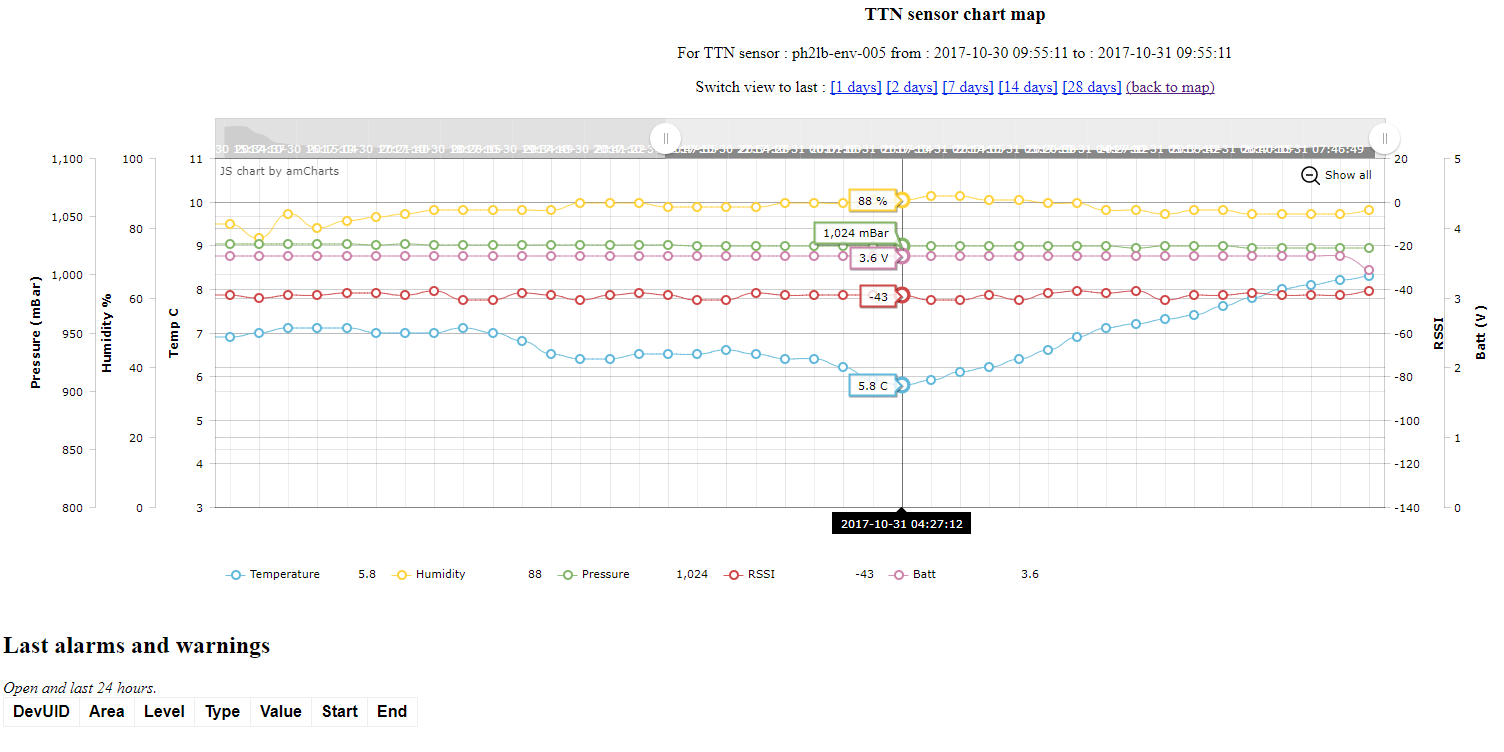There is one thing I always found fascinating : weather.
Especially the temperature and humidity. So one of my first TheThingsNetwork projects I made was a DHT22 based beacon who allowed me to measure every 15 minutes the temperature and the humidity. After the measurement was done the beacon would send the values over TheThingsNetwork to my backend (a simple PHP parser and file logger).
That simple backend showed just one chart with variouse data from the node like :
- Temperature
- Humidity
- Battery voltage
- RSSI
- Packetcounter
over a window of 12 hour, 24 hour, 7 days and 28 days. And a CSV export option. Nothing fancy, but just simple logging.
The sourcode of this project can be found on : https://github.com/ph2lb/TTNDHT22Beacon
The next step.
But during that experiment I found out that the RN2483 modules don’t like temperatures below 0 dgr Celsius so I have change course on that one.
So I switched to the RFM95W modules and tried to stripdown a example so it would fit in a 3.3V Arduino Pro Mini. The result was a low power BME280 based enviromental datalogger node for the ThingsNetwork with deepsleep support and variable interval using a LMIC ABP. The working prototype worked great so it was time to make a new node.
The node (new style)
For the new node I used a PCB designed from @Charles. He has a create Arduino Mini Pro LoRaWAN Node PCB design and posted the design. So checkout the design in the link above. (you can order the PCB’s on https://PCBs.io/).
Check out these beauties. Look great don’t they?
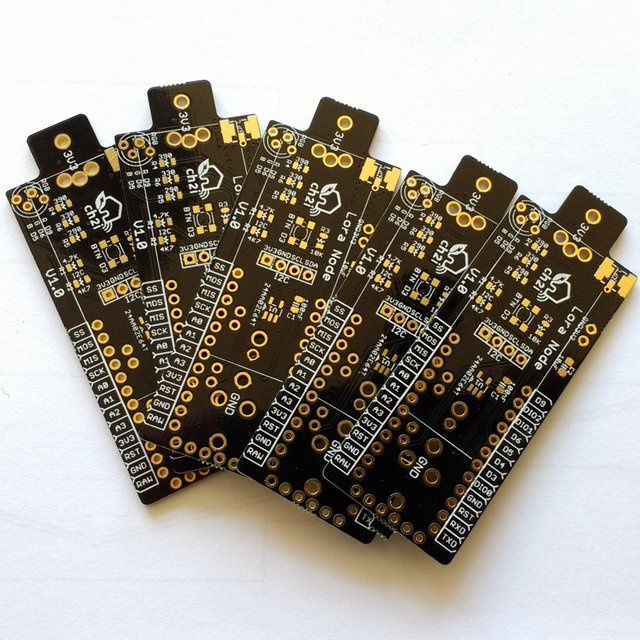
Putting it all together.
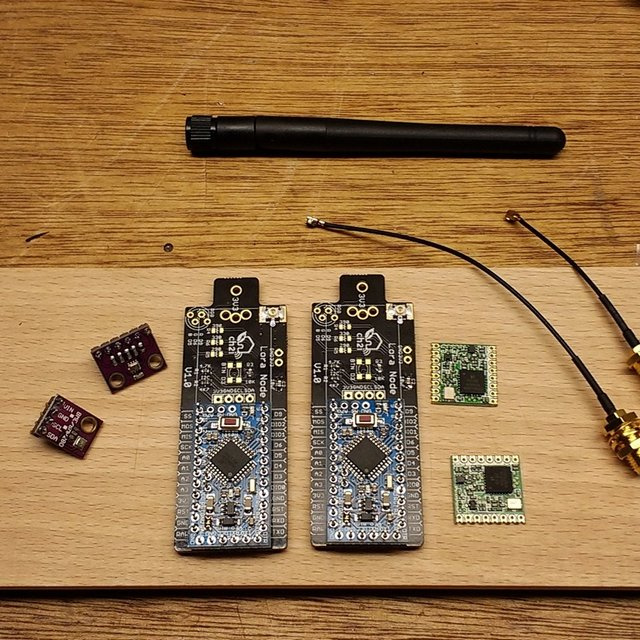
There are variouse mounting holes for 3.7 LiIon batteries. I choose the AA model.
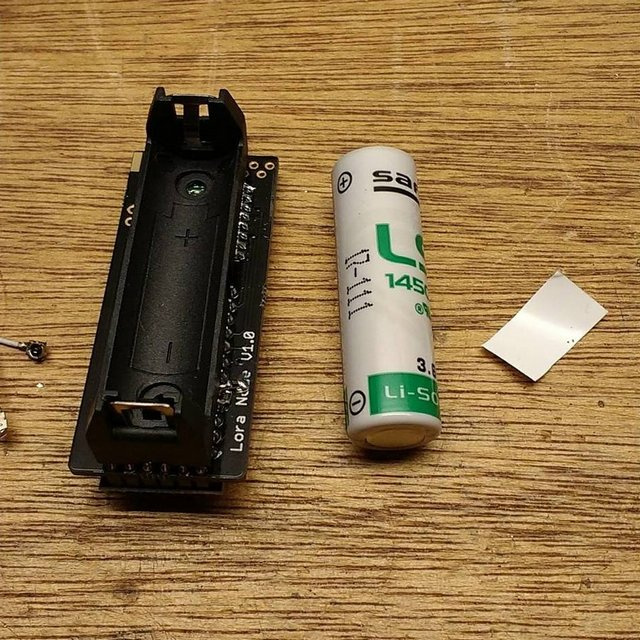
The antenna is a trimmed UFL jumper cable. With a total length of 82.2mm with 20mm shield left (so 62.2mm inner wire is exposted).
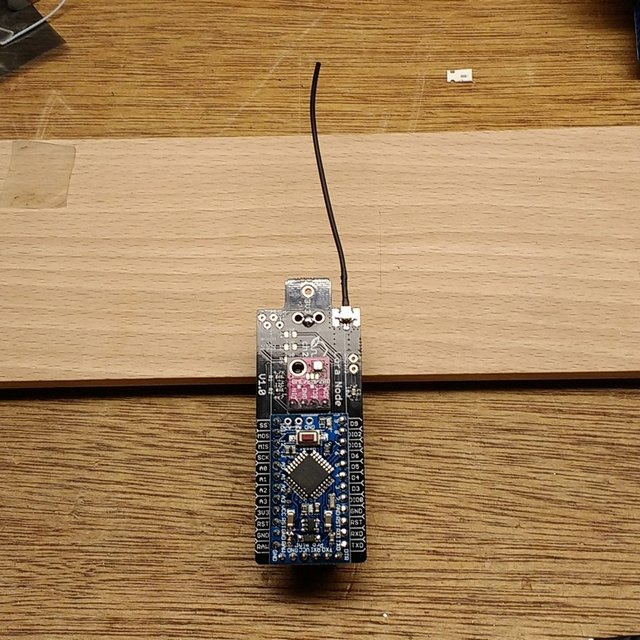
The housing a 70mm Air roof vent with a 100mm outer hull of PVC tubing.
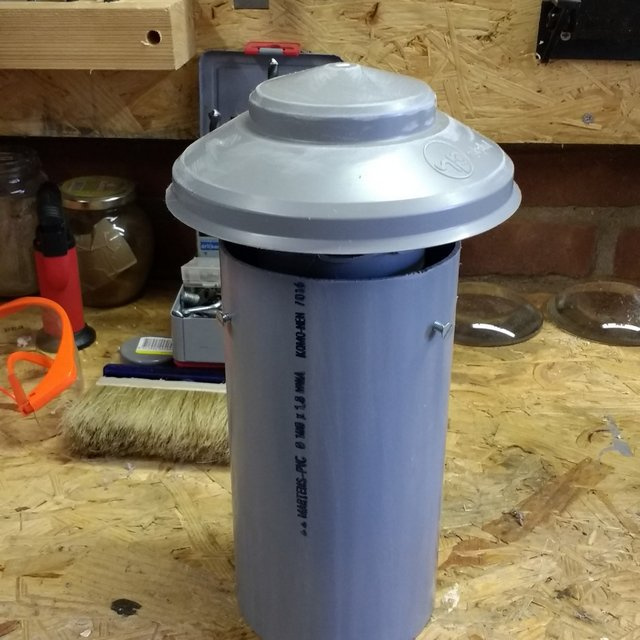
Inner view of the housing (the node is mounted on the 70mm vent, antenne up). After the paint job off-course.
Some cool TheThingsNetwork stickers and a node ID.
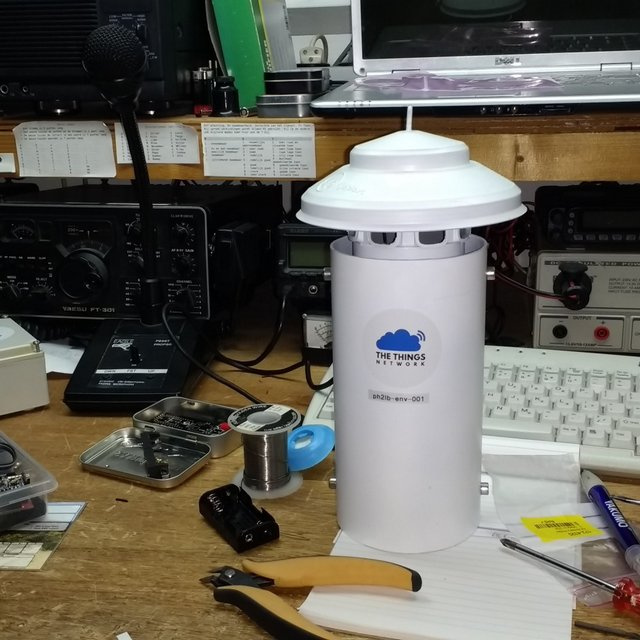
And it can be installed outside.
This one is hanging in my parents backyard. But my mother didn’t like the node in view. So some plants where installed next to it (leaving the humidity and temperature lag a litte)
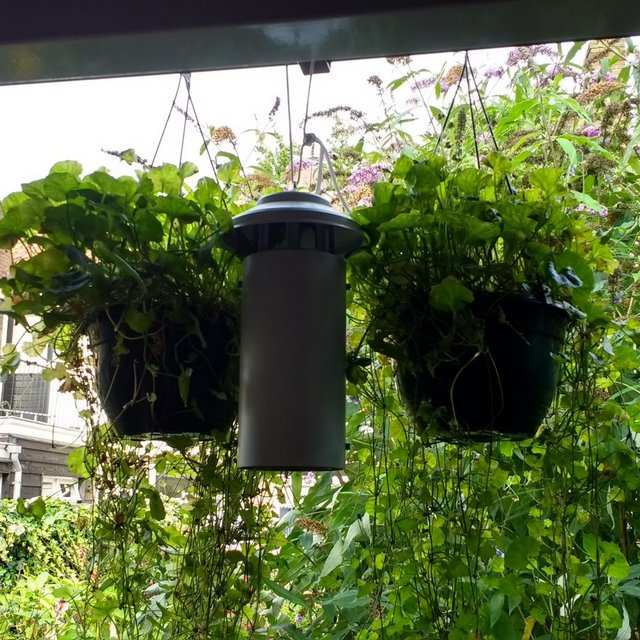
After a few months of testing the results where very promissing so a new batch of 3 node housings are in production.
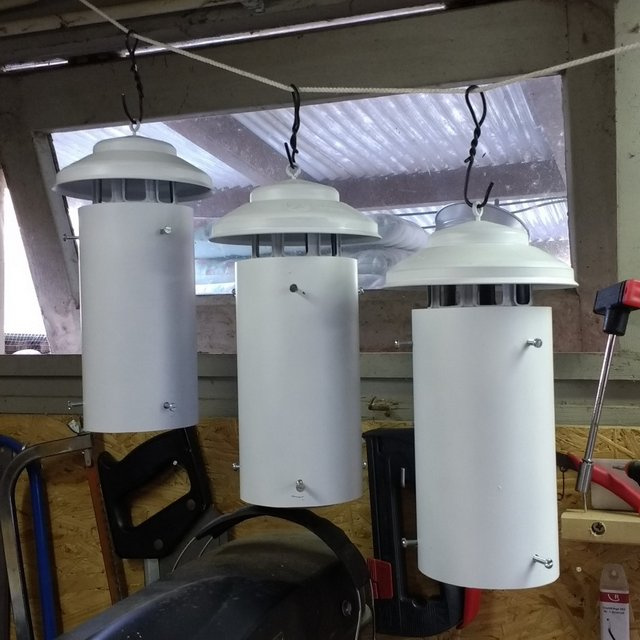
The sourcode of this project can be found on : https://github.com/ph2lb/LoRaWAN_TTN_Env_Node
The webbased backend.
For the presentation I re-wrote the entire backend so it would store the received measurement into a MySQL database. A few new PHP pages show the data in a GoogleMap and a nice chart.
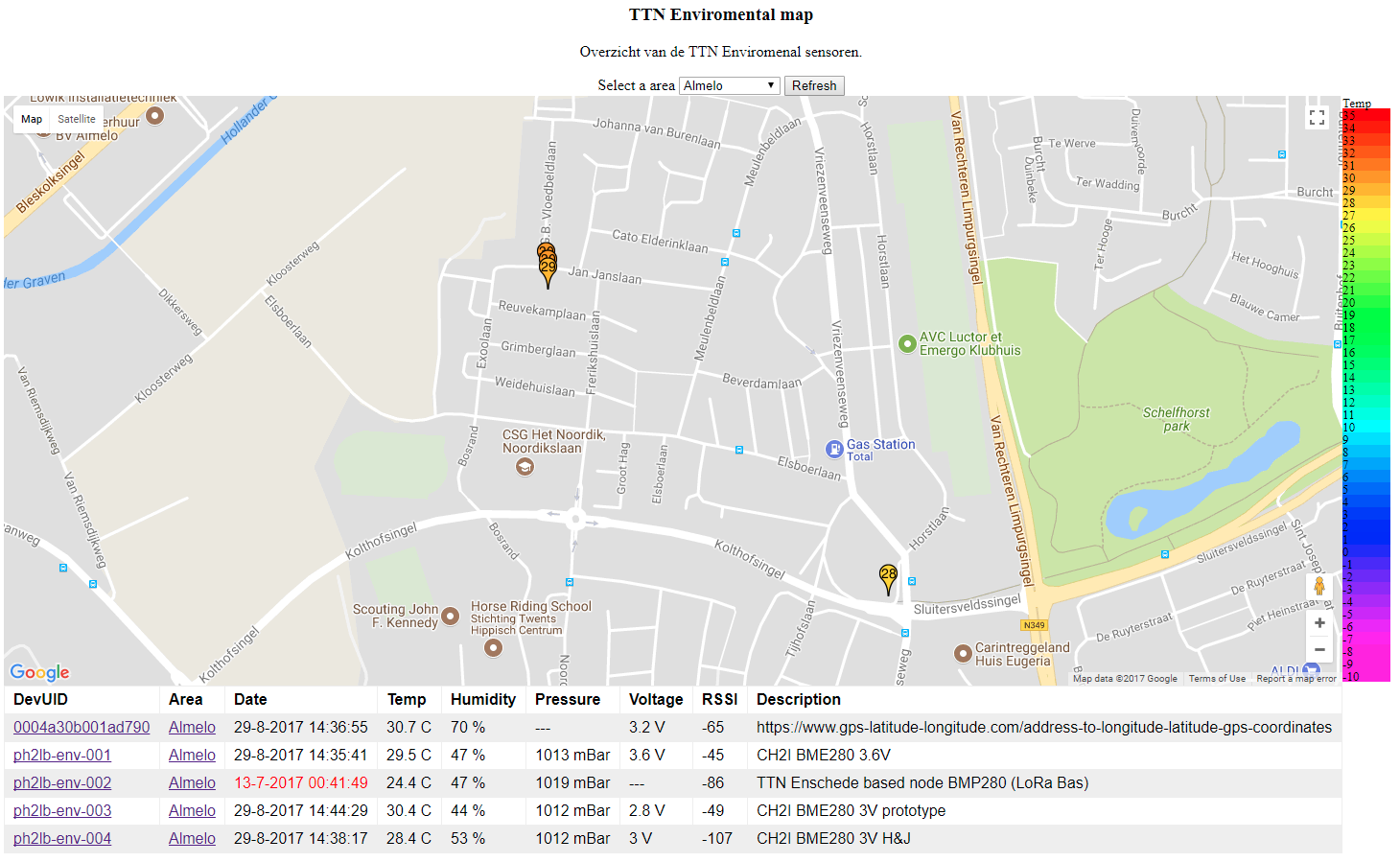
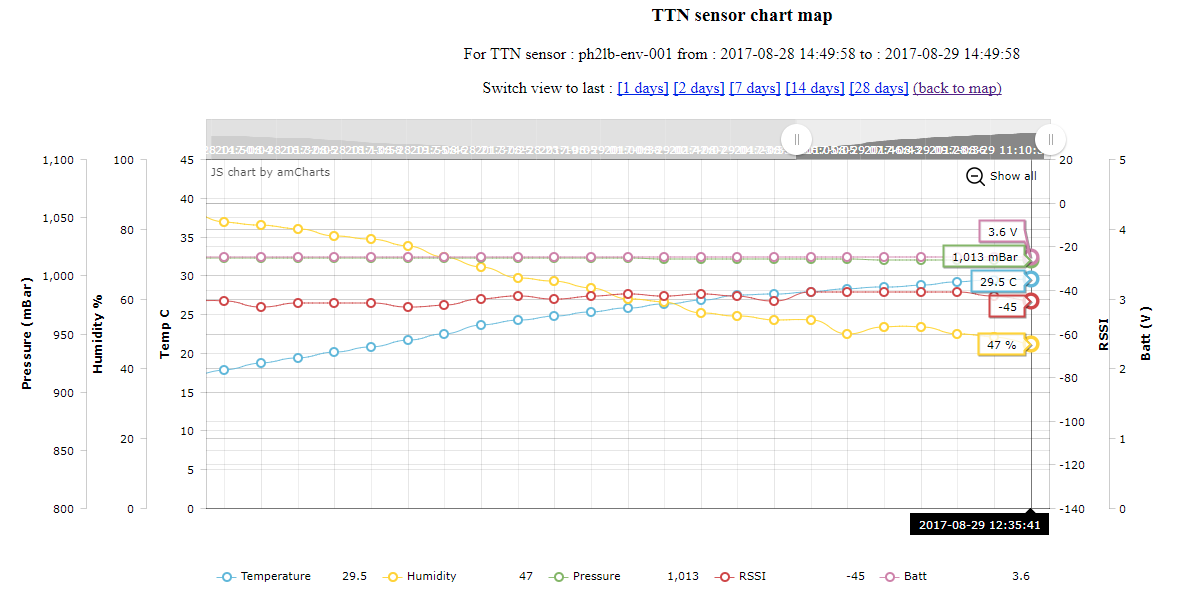
The sources of the backend can be found at : https://github.com/ph2lb/LoRaWAN_TTN_Env
The prototype of the system can be found on : https://ssl.bolkesteijn.nl:8943/env/ttnlora_env_map.php
(main project page ; http://www.bolkesteijn.nl/blog/index.php?page=lora-environmental-node )



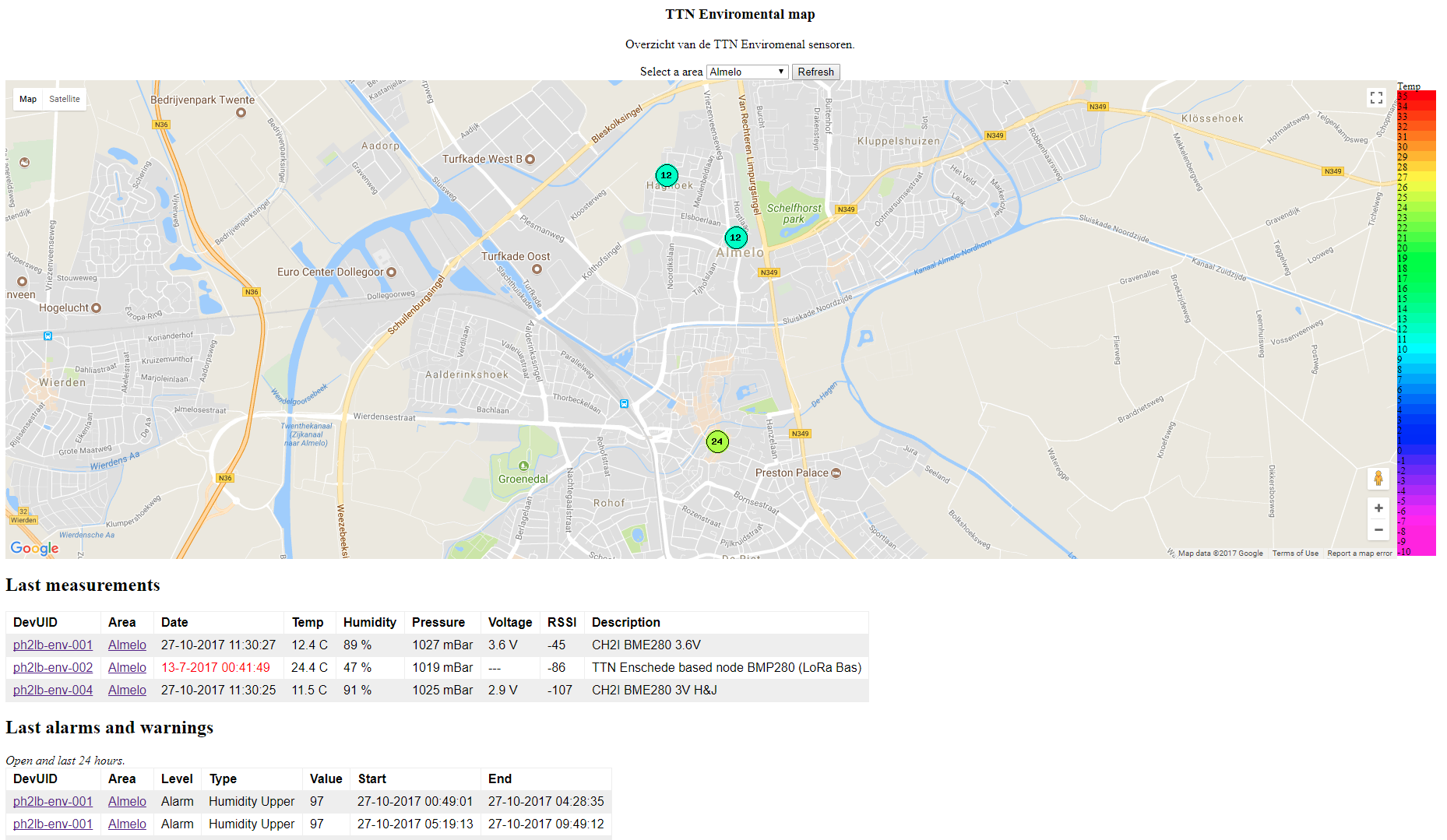
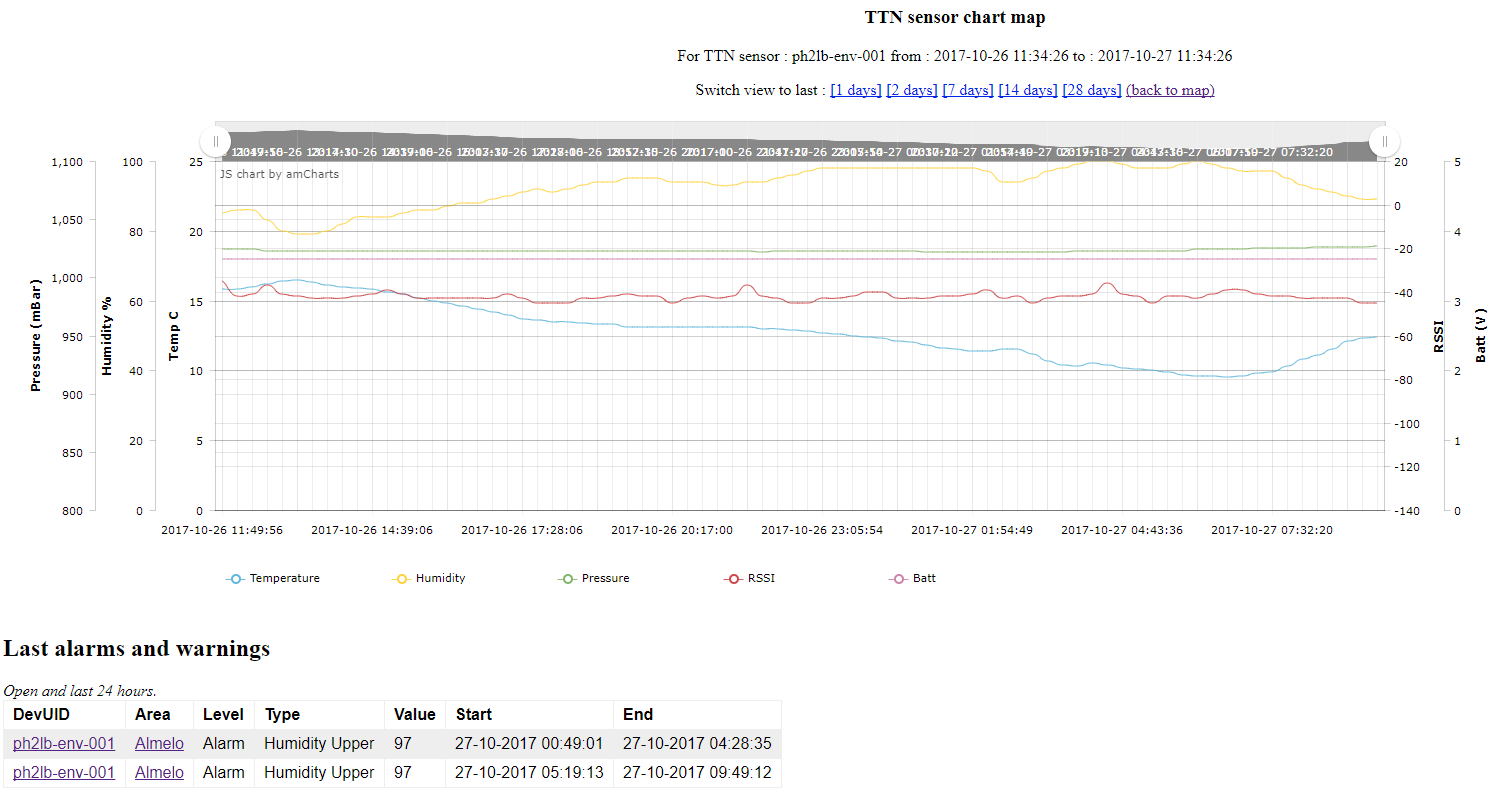
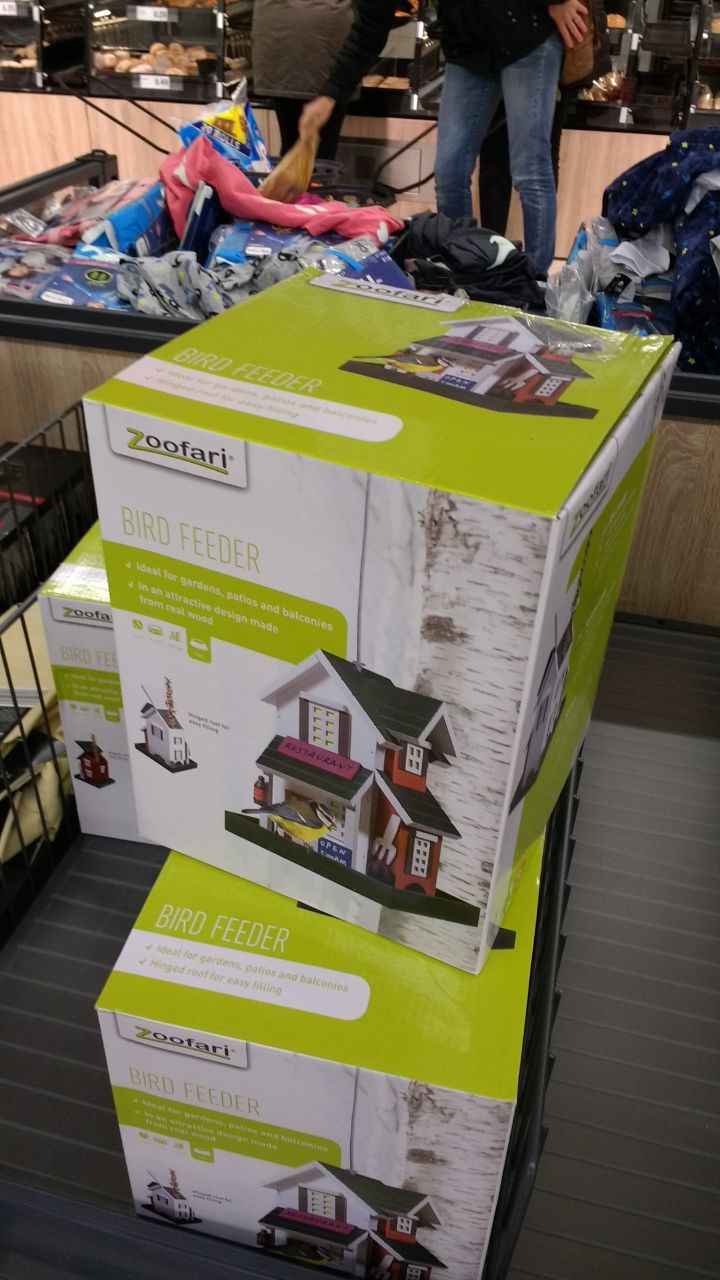 !
! !
!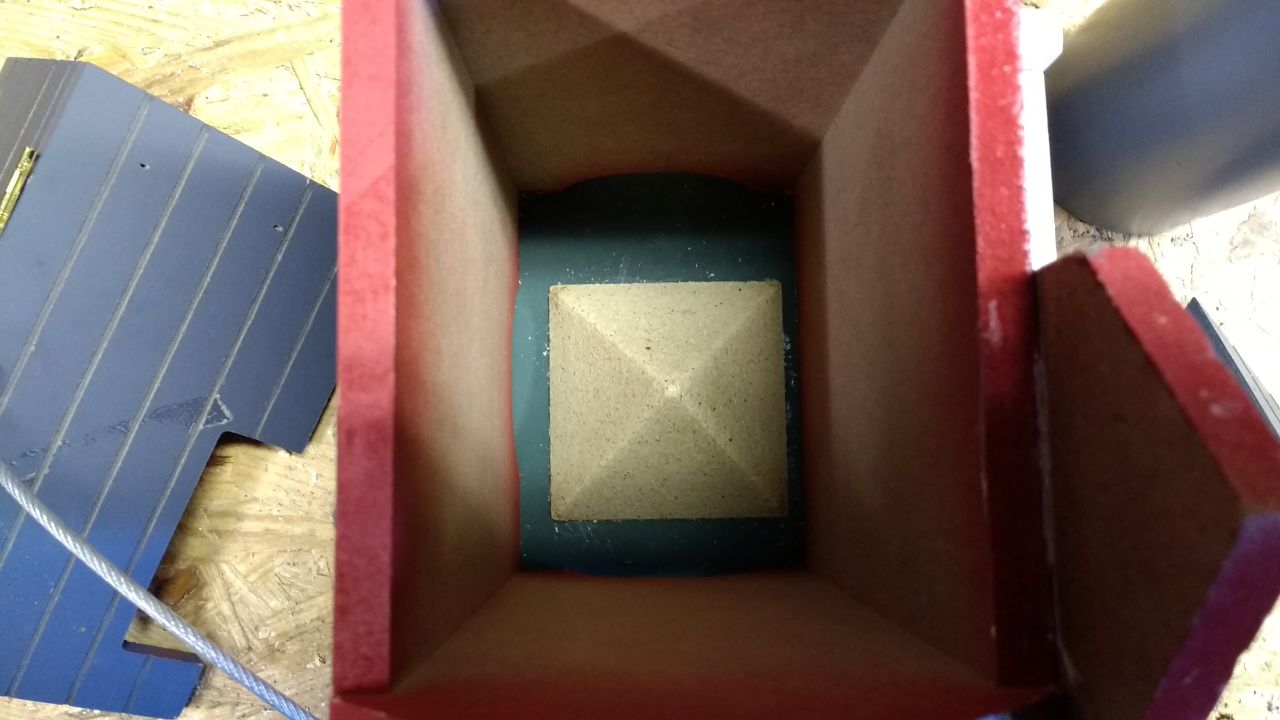 !
!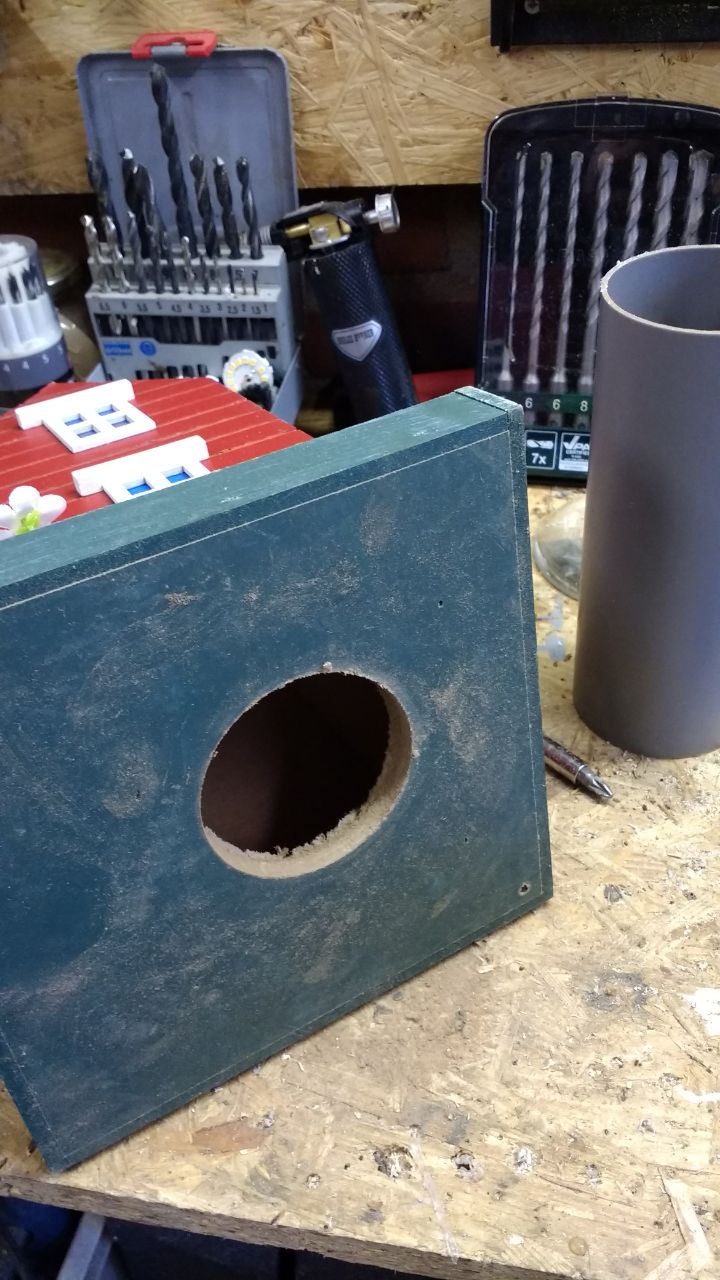 !
!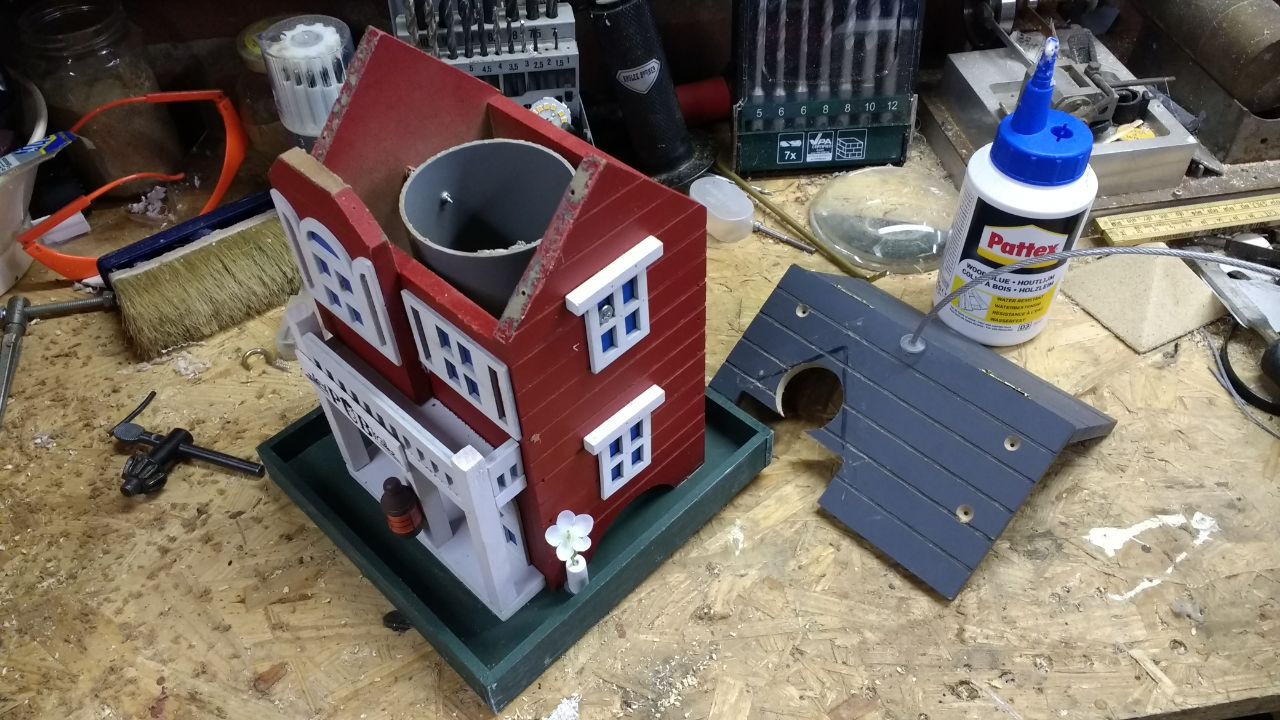 !
!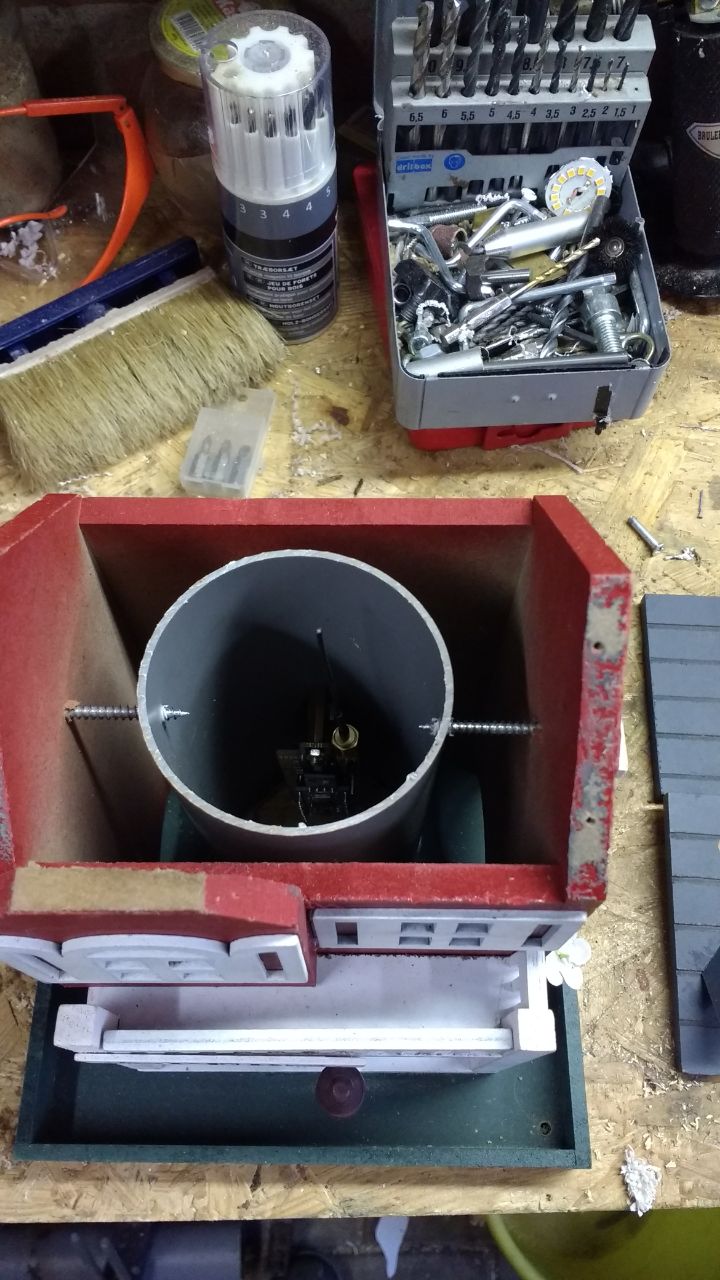 !
!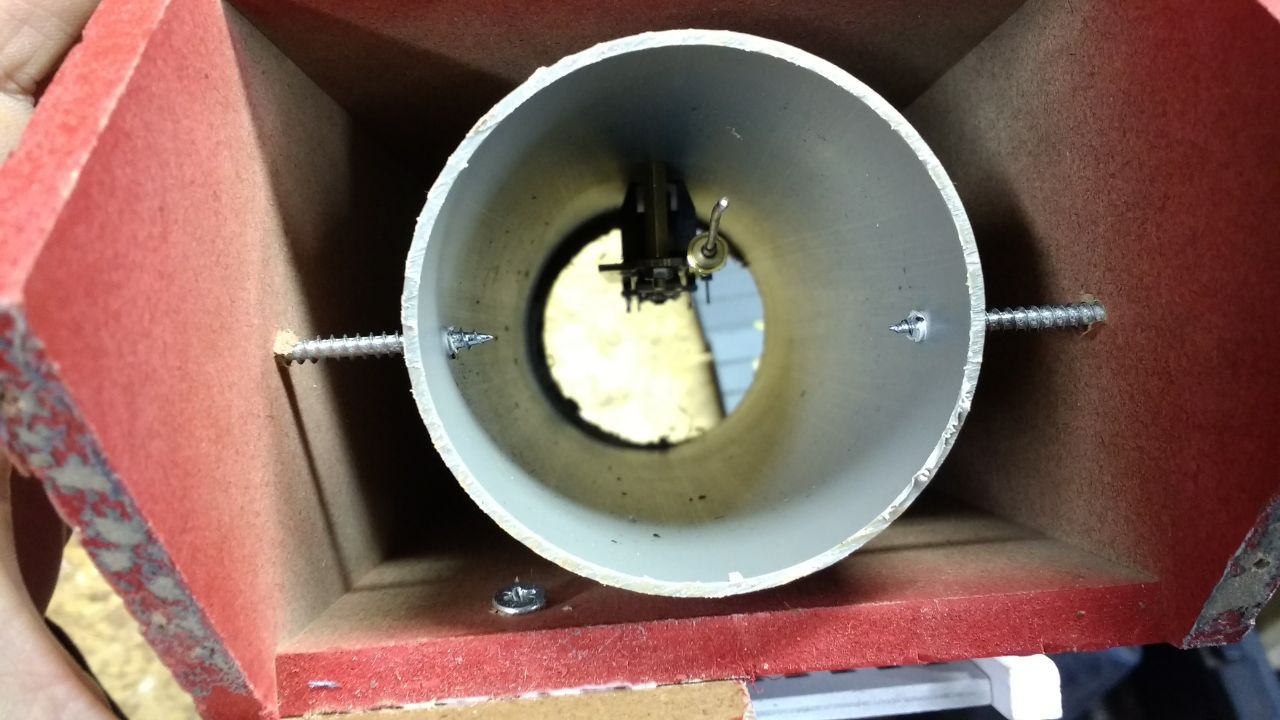 !
!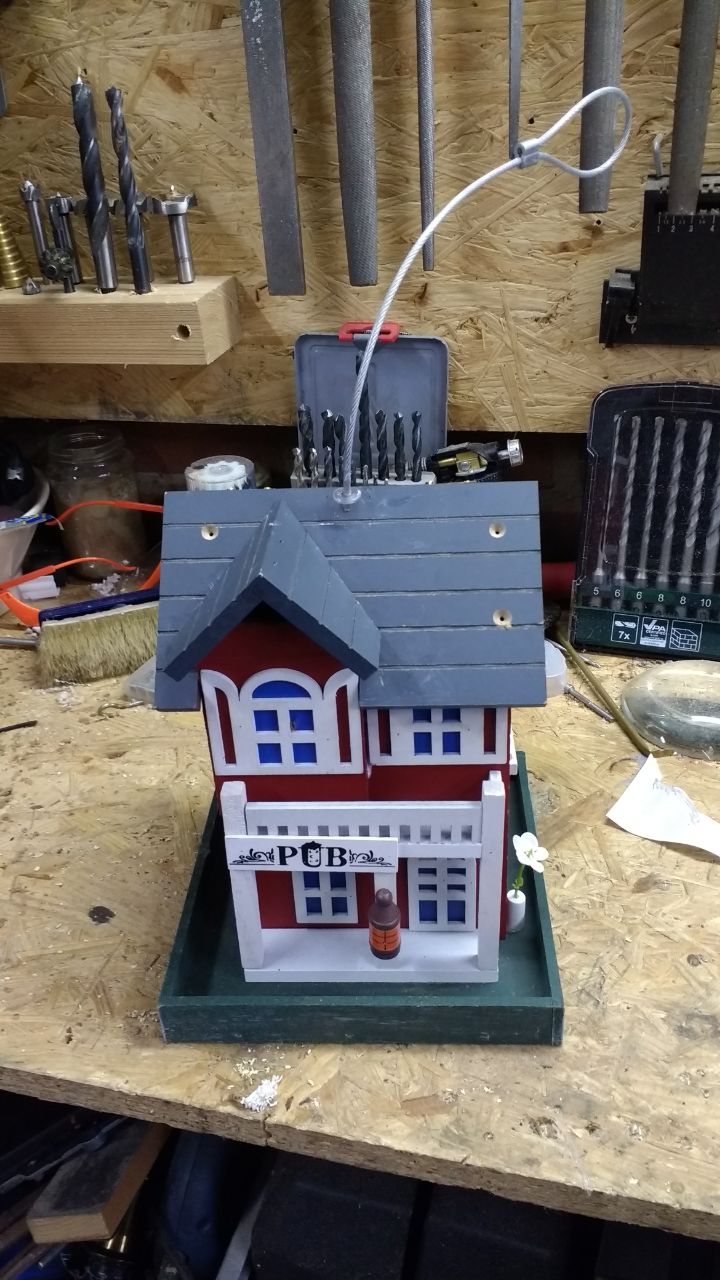 !
!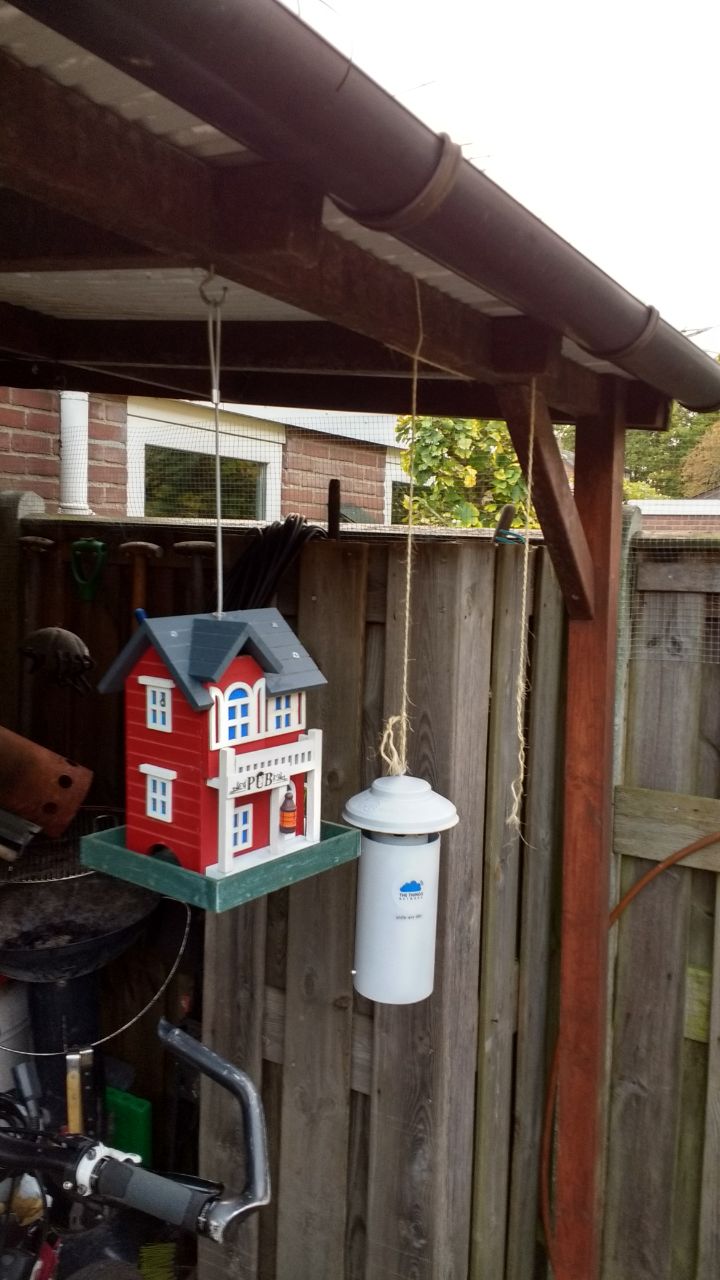 !
!

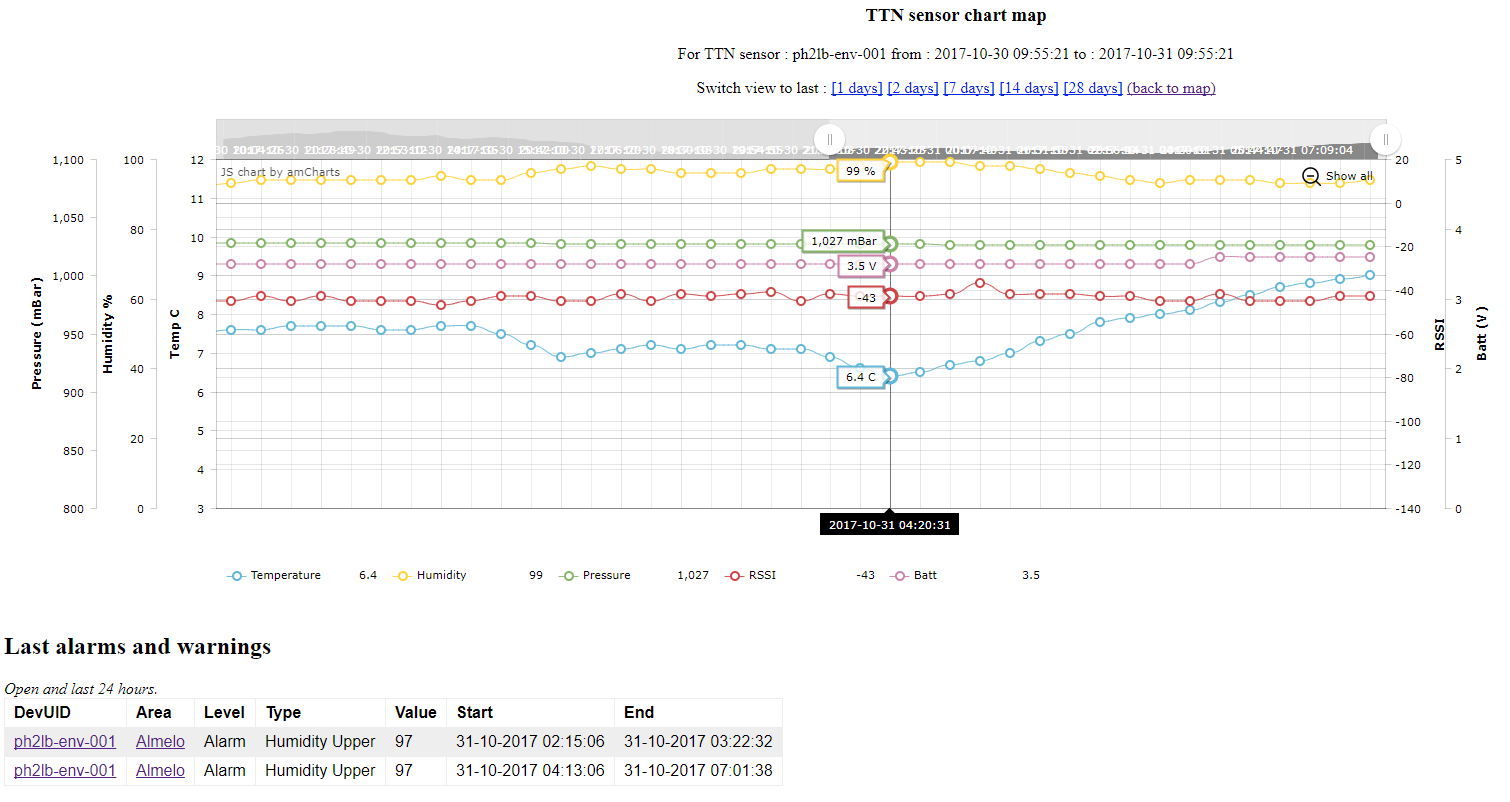
 Maybe there isn’t enough air flowing throw the birdfeeder (needs a extra chimney) or maybe the wood is absorbing the humidity. Or maybe even the sensor isn’t working well. This may needs a deeper look into it.
Maybe there isn’t enough air flowing throw the birdfeeder (needs a extra chimney) or maybe the wood is absorbing the humidity. Or maybe even the sensor isn’t working well. This may needs a deeper look into it.